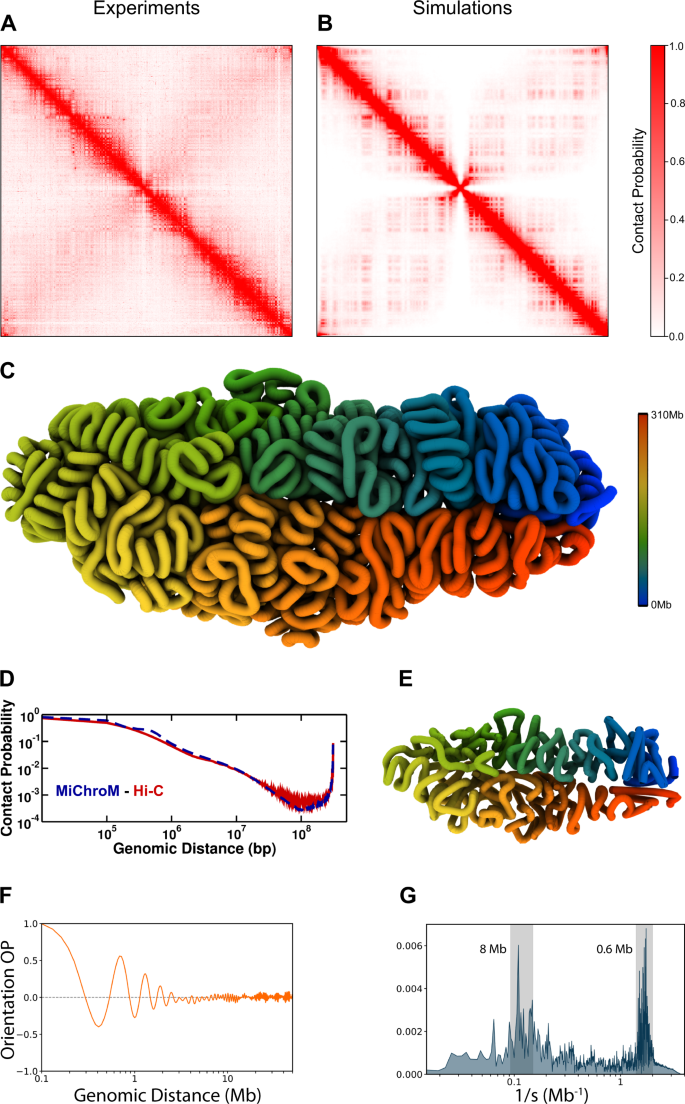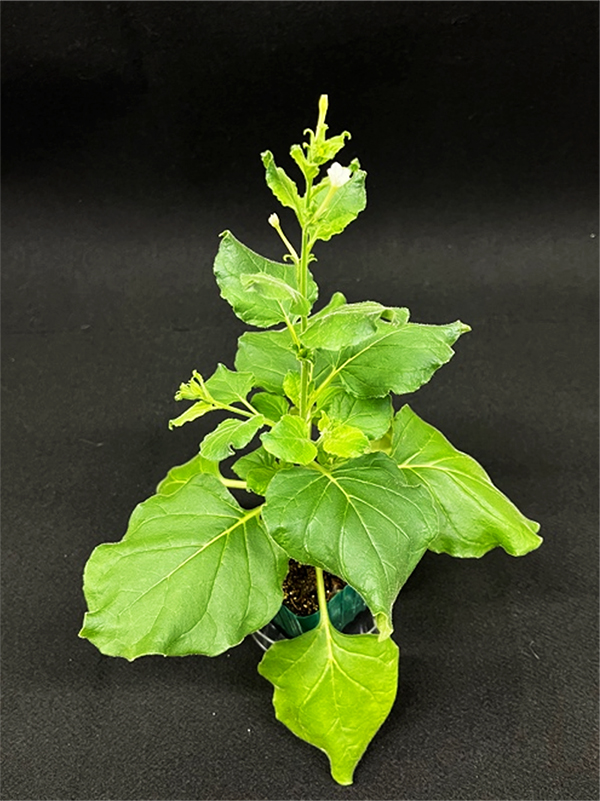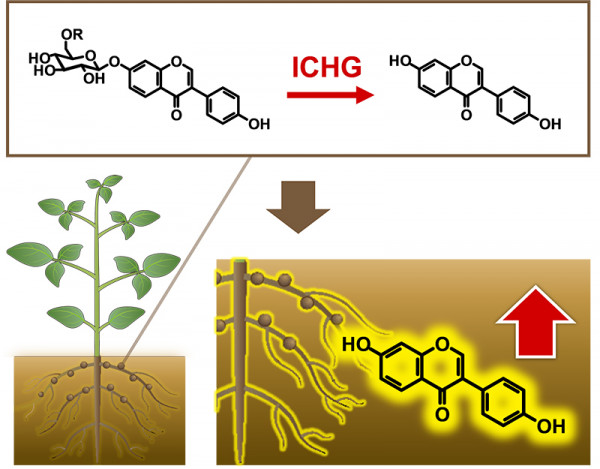ネッタイシマカの染色体が種の中でユニークであることを発見 Rice scientists discover Aedes aegypti’s chromosomes are unique among species
2023-02-09 ライス大学
◆ほとんどの生物は、糸状の染色体を2種類の方法で折り畳んで、細胞の核の中に収まるようにしている。しかし、デング熱、チクングニア熱、ジカ熱、マヤロ病、黄熱病などの熱帯病を媒介するエジプトカの染色体は、この二通りの折り方に反しており、CTBPの研究者を驚かせた。
◆Nature Communications』誌に掲載された研究報告によると、ネッタイシマカの染色体は、他のすべての種とは異なり、流動的でありながら指向性のある「液晶」のように組織化されているとのことである。
◆CTBPのチームが共同主導し、Science誌に掲載された2021年の共同研究では、細胞が分裂していない時、細胞のライフサイクルで間期と呼ばれる段階で、染色体は2つの構造パターンのうちの1つを示すことが報告されています。
<関連情報>
- https://news.rice.edu/news/2023/mosquitos-dna-could-provide-clues-gene-expression-regulation
- https://www.nature.com/articles/s41467-023-35909-2
ネッタイシマカの間質性染色体は液晶性で、機械的な合図を感知することができる Interphase chromosomes of the Aedes aegypti mosquito are liquid crystalline and can sense mechanical cues
Vinícius G. Contessoto,Olga Dudchenko,Erez Lieberman Aiden,Peter G. Wolynes,José N. Onuchic & Michele Di Pierro
Nature Communications Published:19 January 2023
DOI:https://doi.org/10.1038/s41467-023-35909-2

Abstract
We use data-driven physical simulations to study the three-dimensional architecture of the Aedes aegypti genome. Hi-C maps exhibit both a broad diagonal and compartmentalization with telomeres and centromeres clustering together. Physical modeling reveals that these observations correspond to an ensemble of 3D chromosomal structures that are folded over and partially condensed. Clustering of the centromeres and telomeres near the nuclear lamina appears to be a necessary condition for the formation of the observed structures. Further analysis of the mechanical properties of the genome reveals that the chromosomes of Aedes aegypti, by virtue of their atypical structural organization, are highly sensitive to the deformation of the nuclei. This last finding provides a possible physical mechanism linking mechanical cues to gene regulation.


